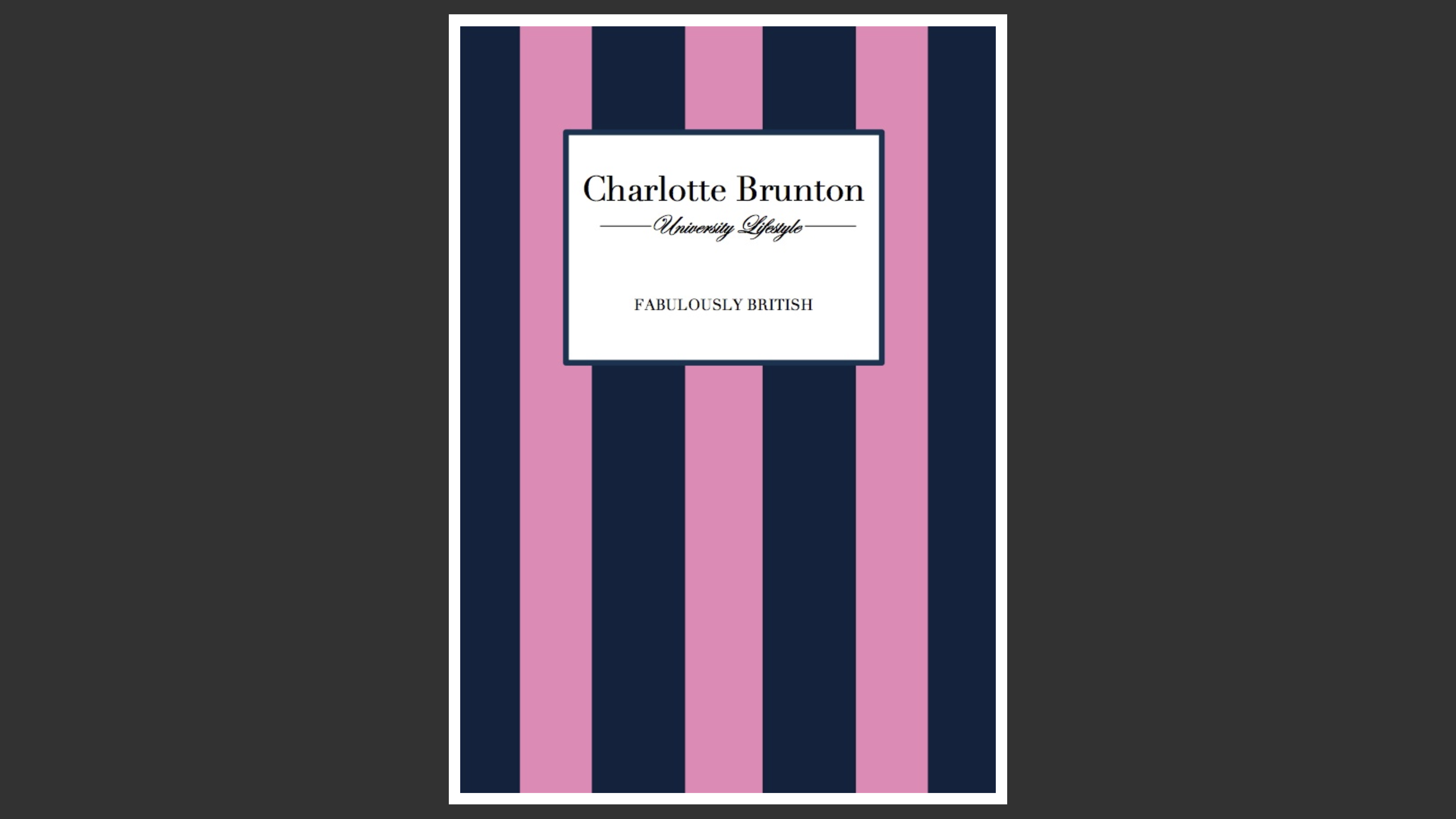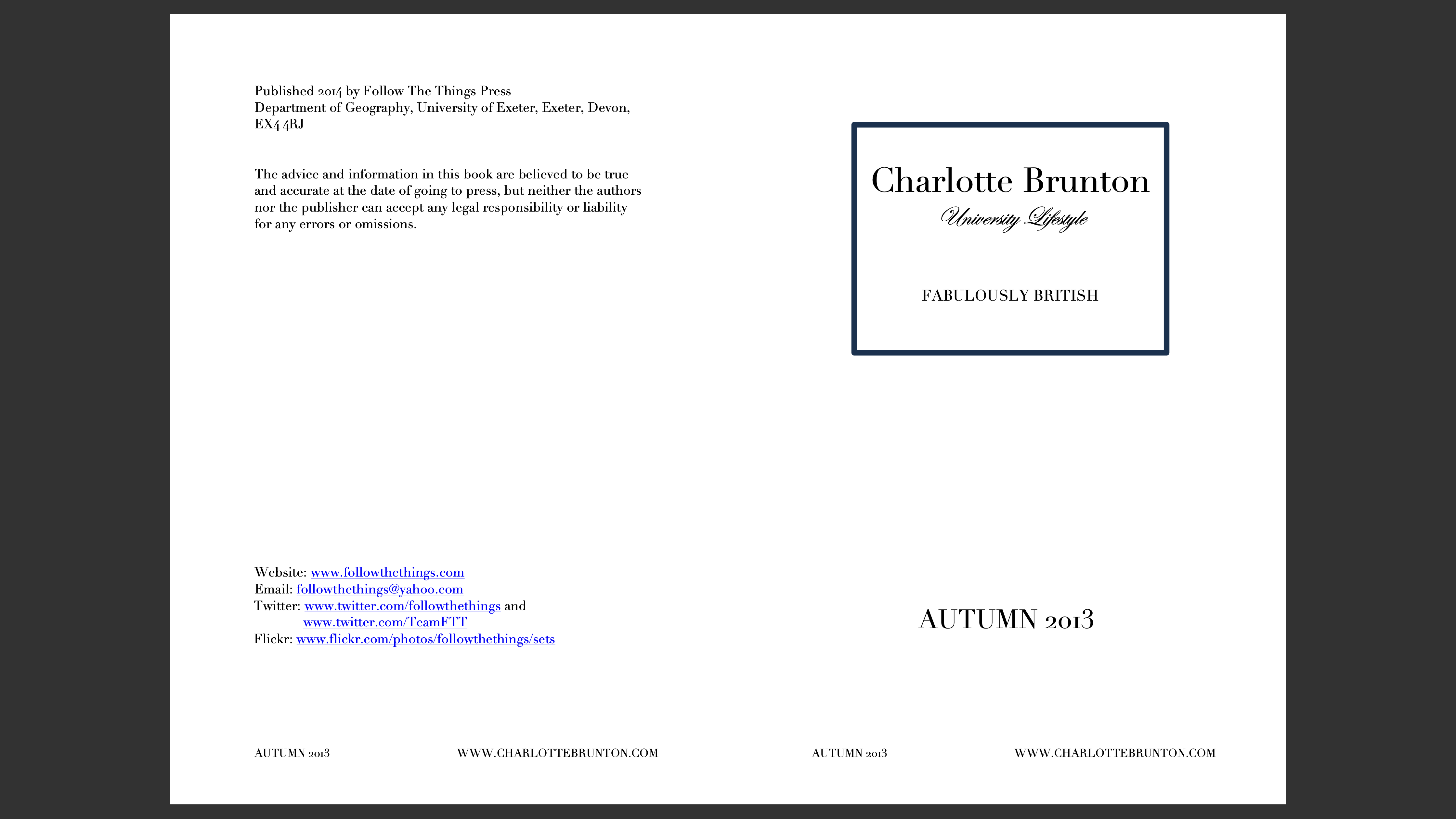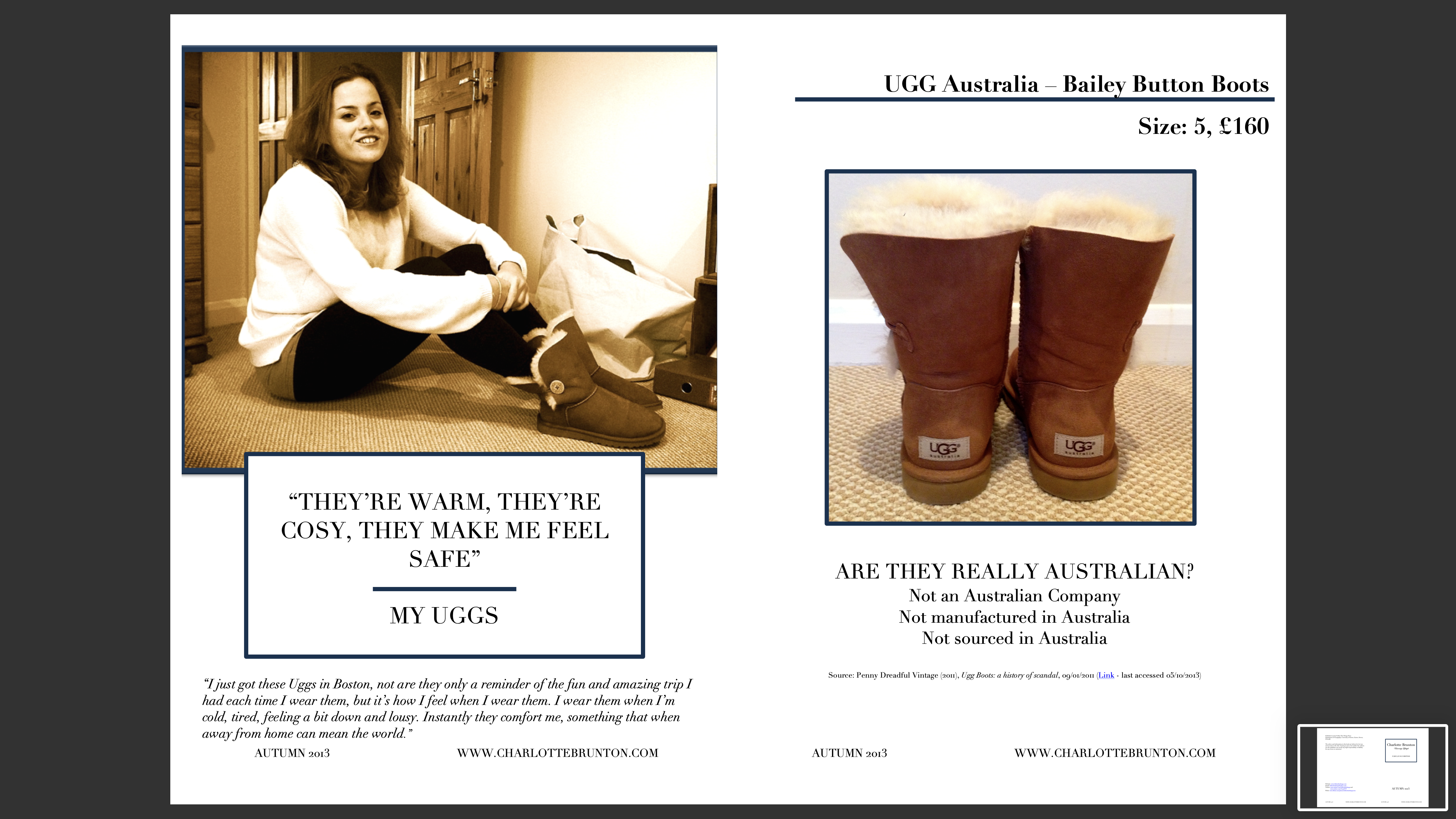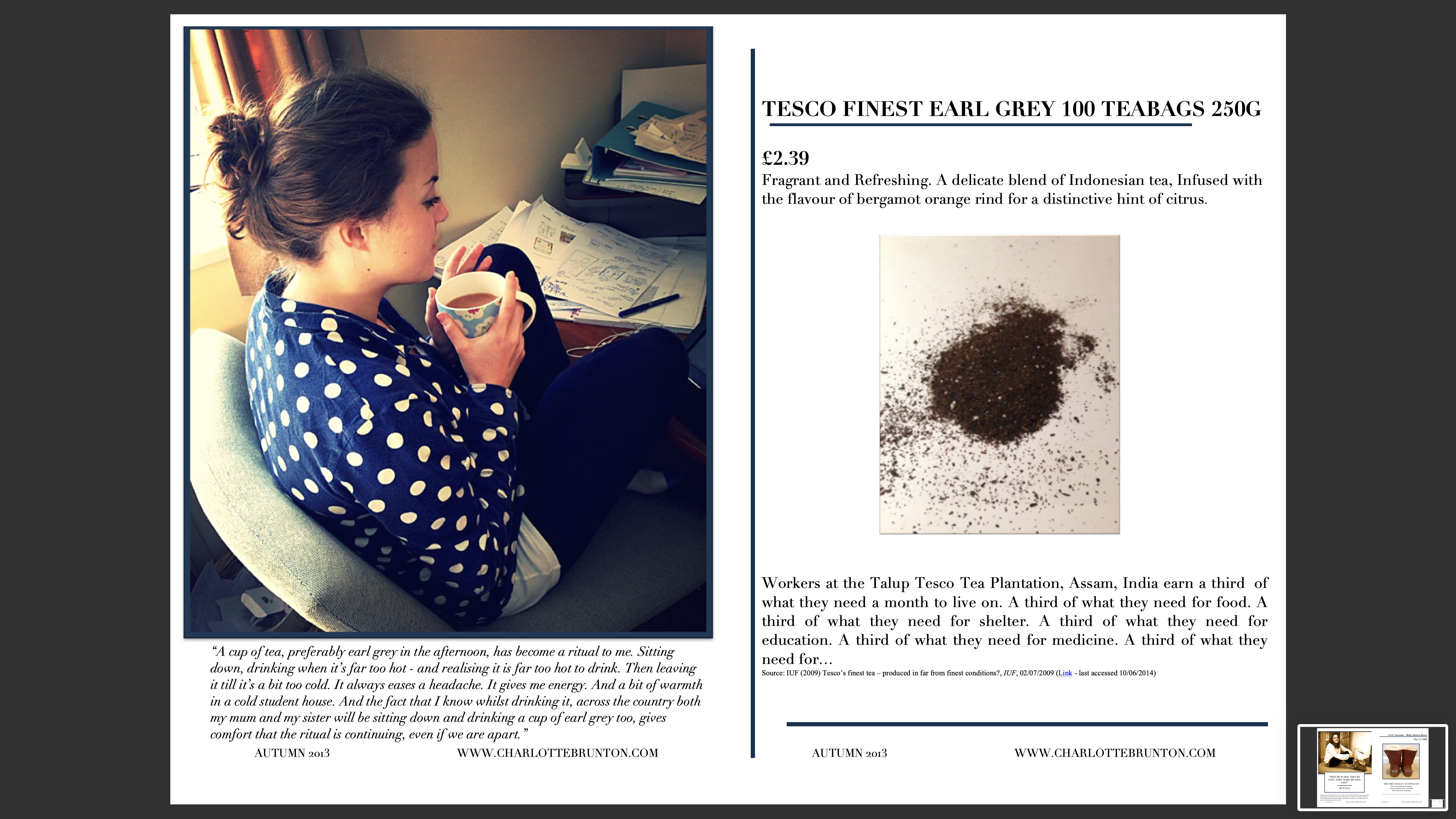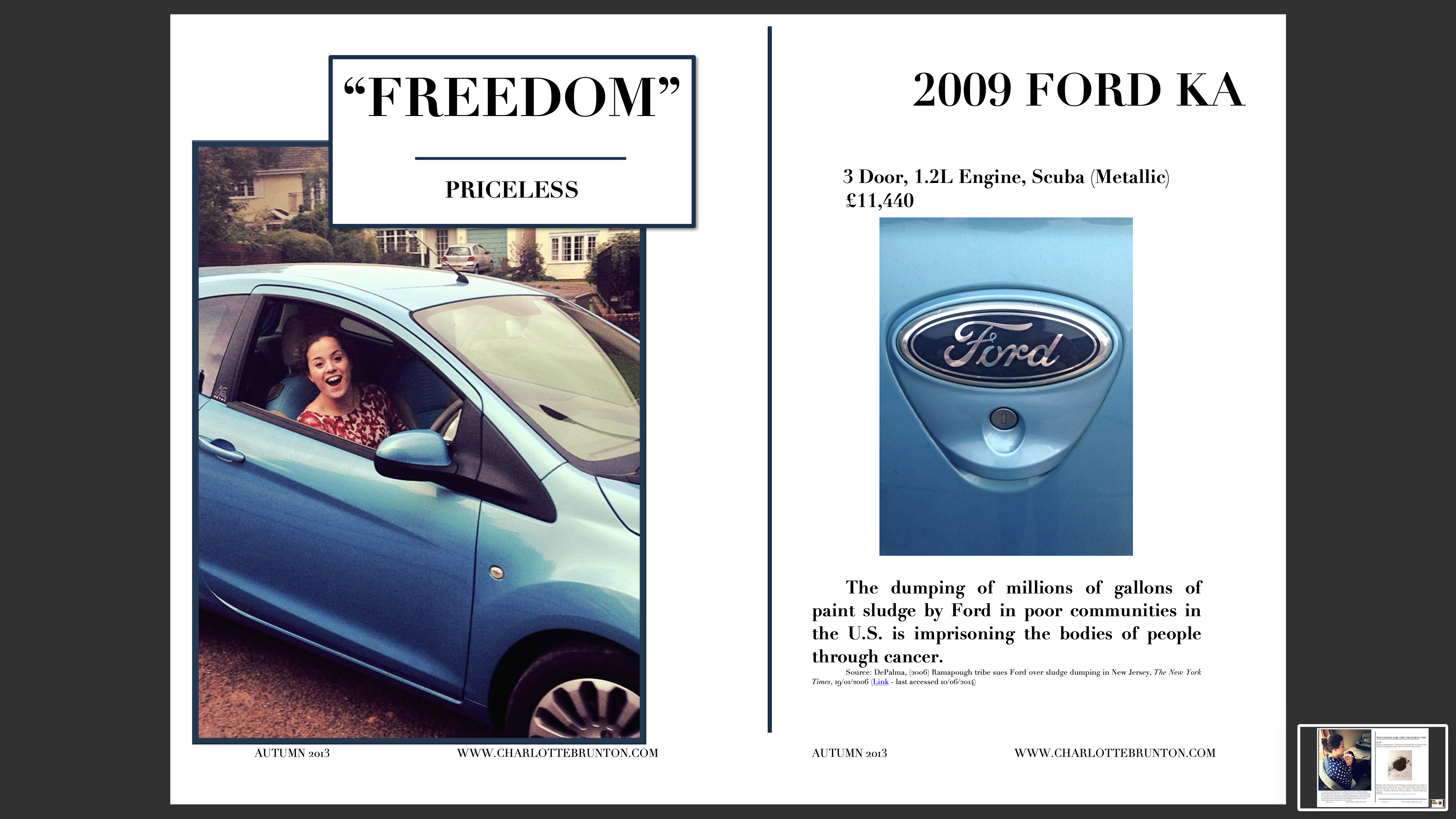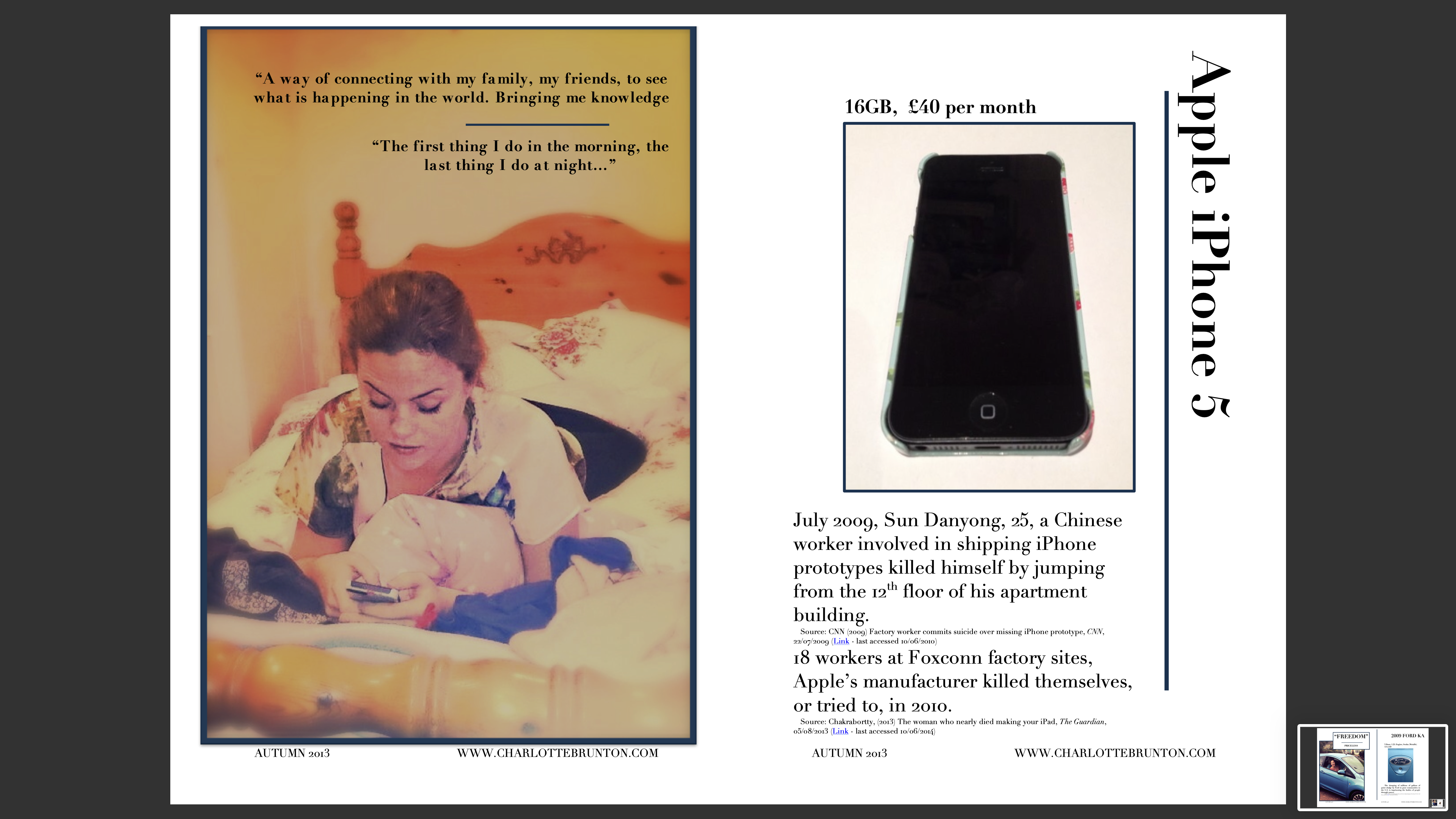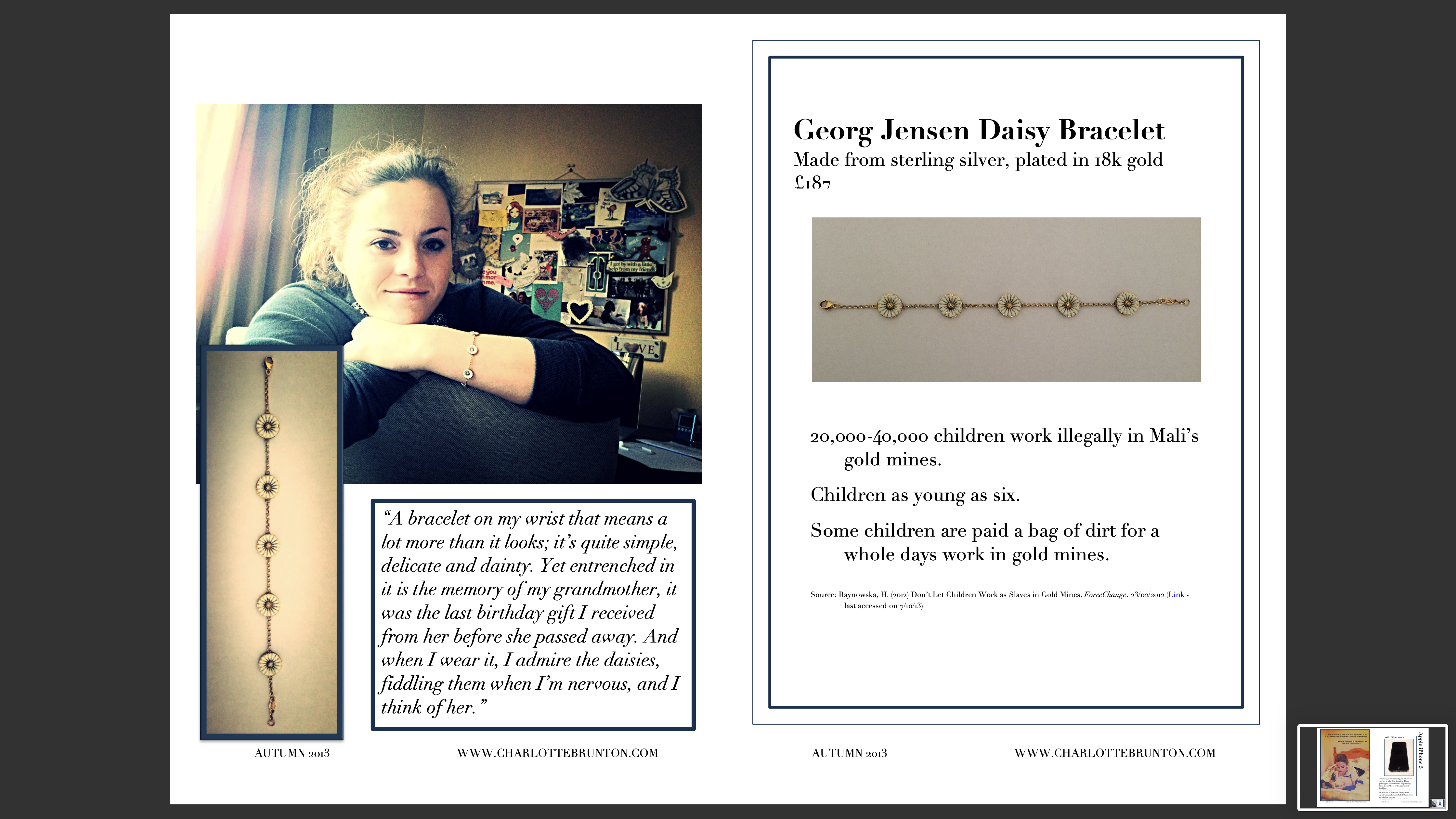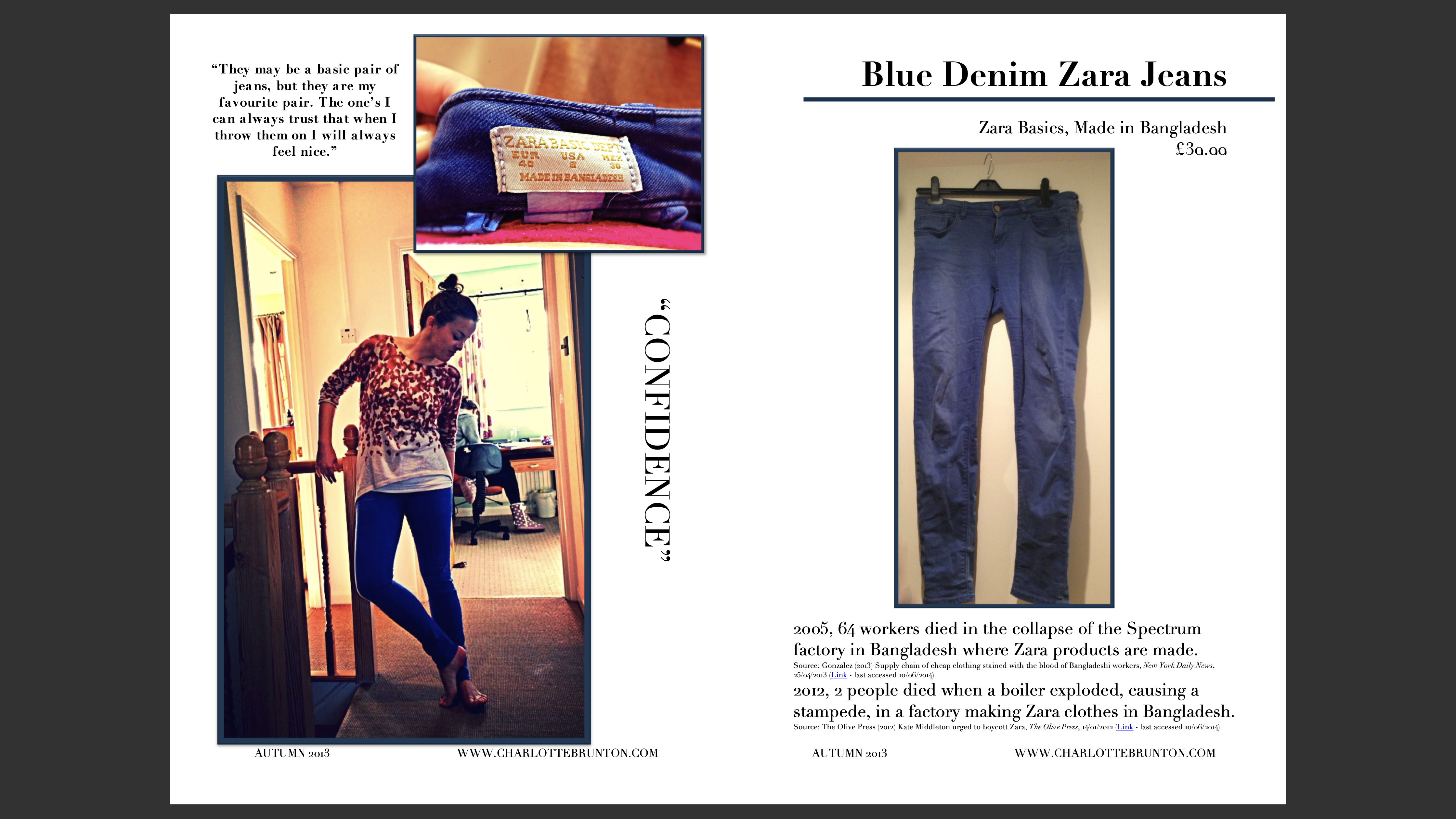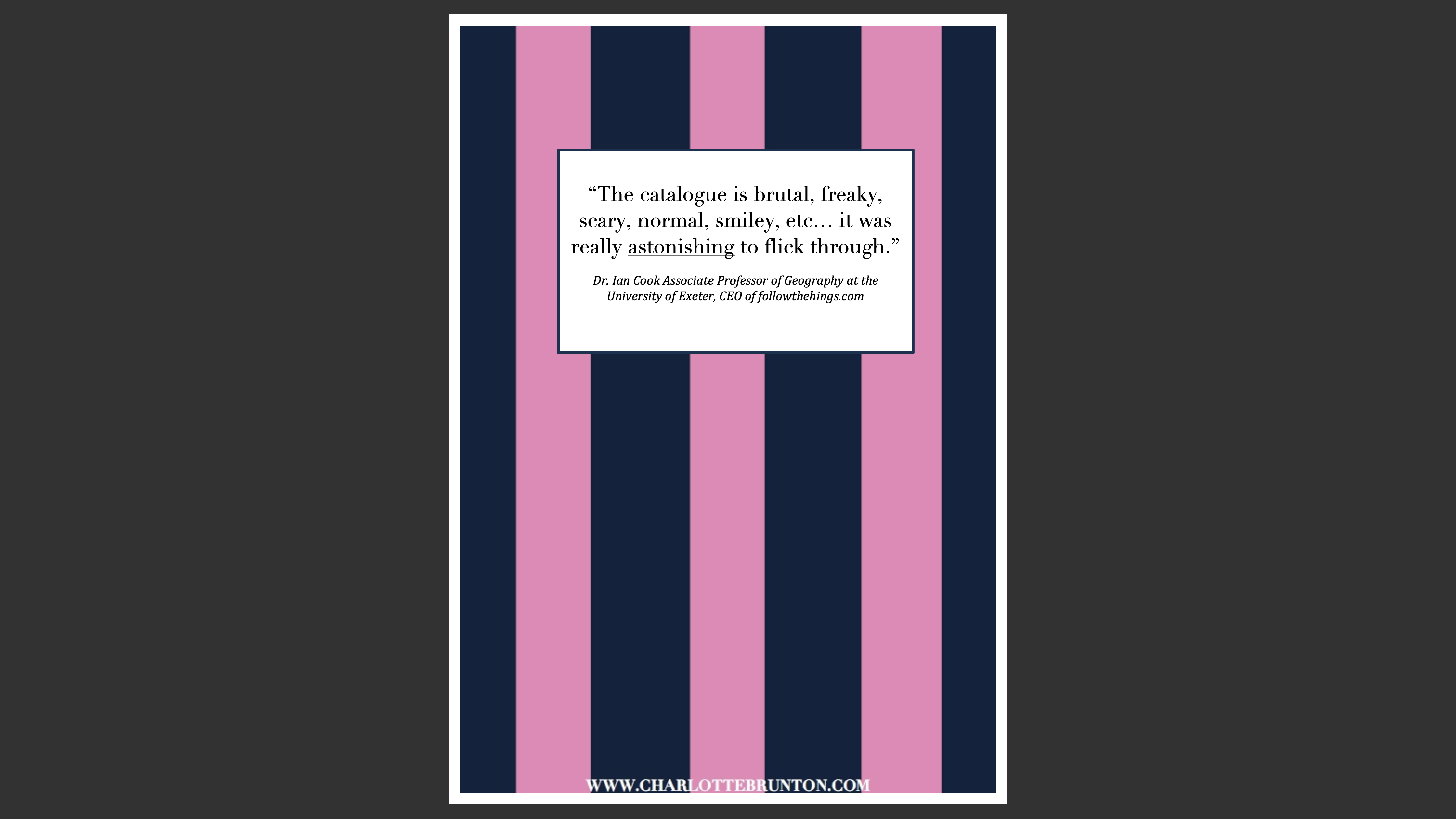
followthethings.com
Fashion | Grocery
“Confessions Of An Eco-Sinner”
A non-fiction book by journalist Fred Pearce.
Available to preview on Google Books (embedded above).
British journalist Fred Pearce travels 180,000 miles, to over 20 countries, to meet the people who produce (and sometimes recycle) the prawns in his curry, the cotton in his shirt, the computer on his desk, the gold in his wedding ring, and many other things. He wants to explore his own personal ecological footprint, and to work out whether he should be ashamed and/or proud of the impact that his shopping has on the world. This is classic ‘follow the thing’ research. A quest narrative. Starting in the Global North. With a person asking ‘who made my stuff?’ They travel the world to meet the people who they rely upon and then reflect on what this means for them (and maybe you) as a ‘consumer’. This is an approach that critics within the ‘follow the thing’ genre would like to ‘de-centre’. This work could start somewhere else! But what can readers learn from Fred’s travels nonetheless? Is everyone, unknowingly, an eco-sinner like he is? And what can be done to prevent the damage that consumption causes, out of sight and out of mind?
Page reference: Robert Black, Naomi Davies, Tom Mead, Pete Statham, Lucy Taylor and Laura Wilkinson (2011) Confessions Of An Eco-Sinner. followthethings.com/confessions-of-an-ecosinner.shtml (last accessed <insert date here>)
Estimated reading time: 17 minutes.
Continue reading Confessions Of An Eco-Sinner
